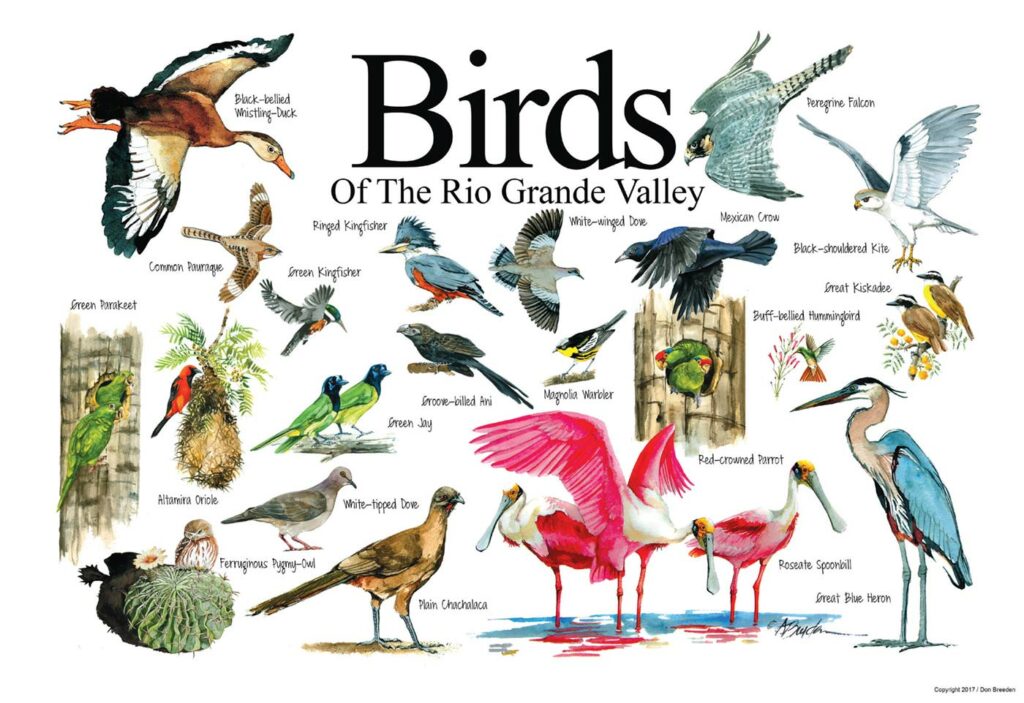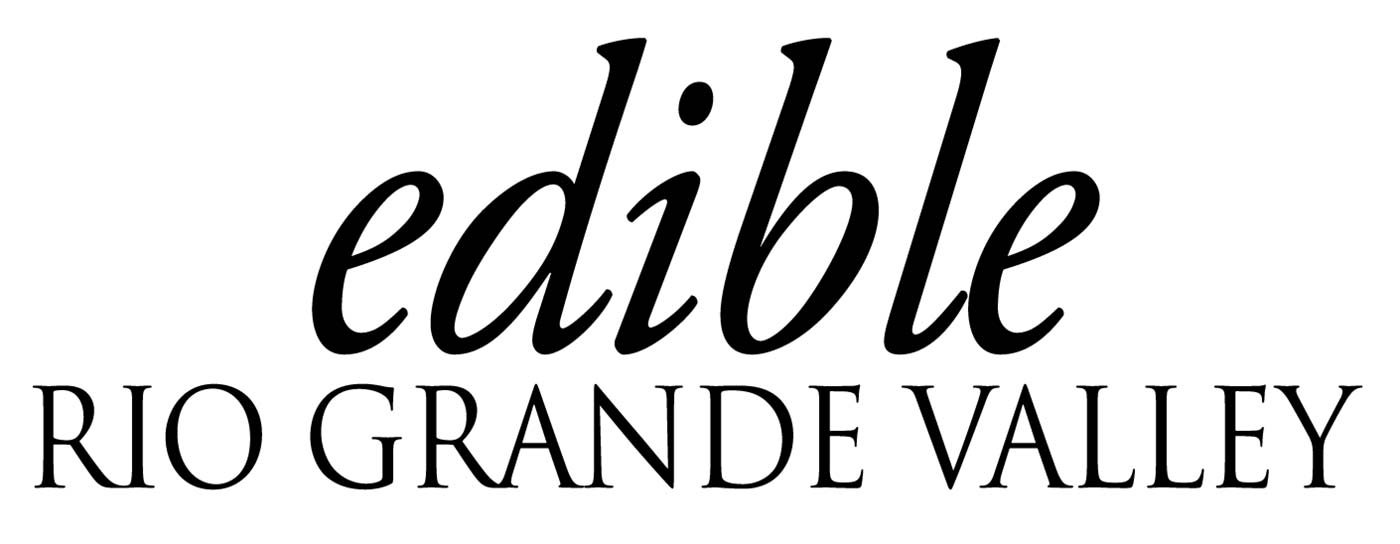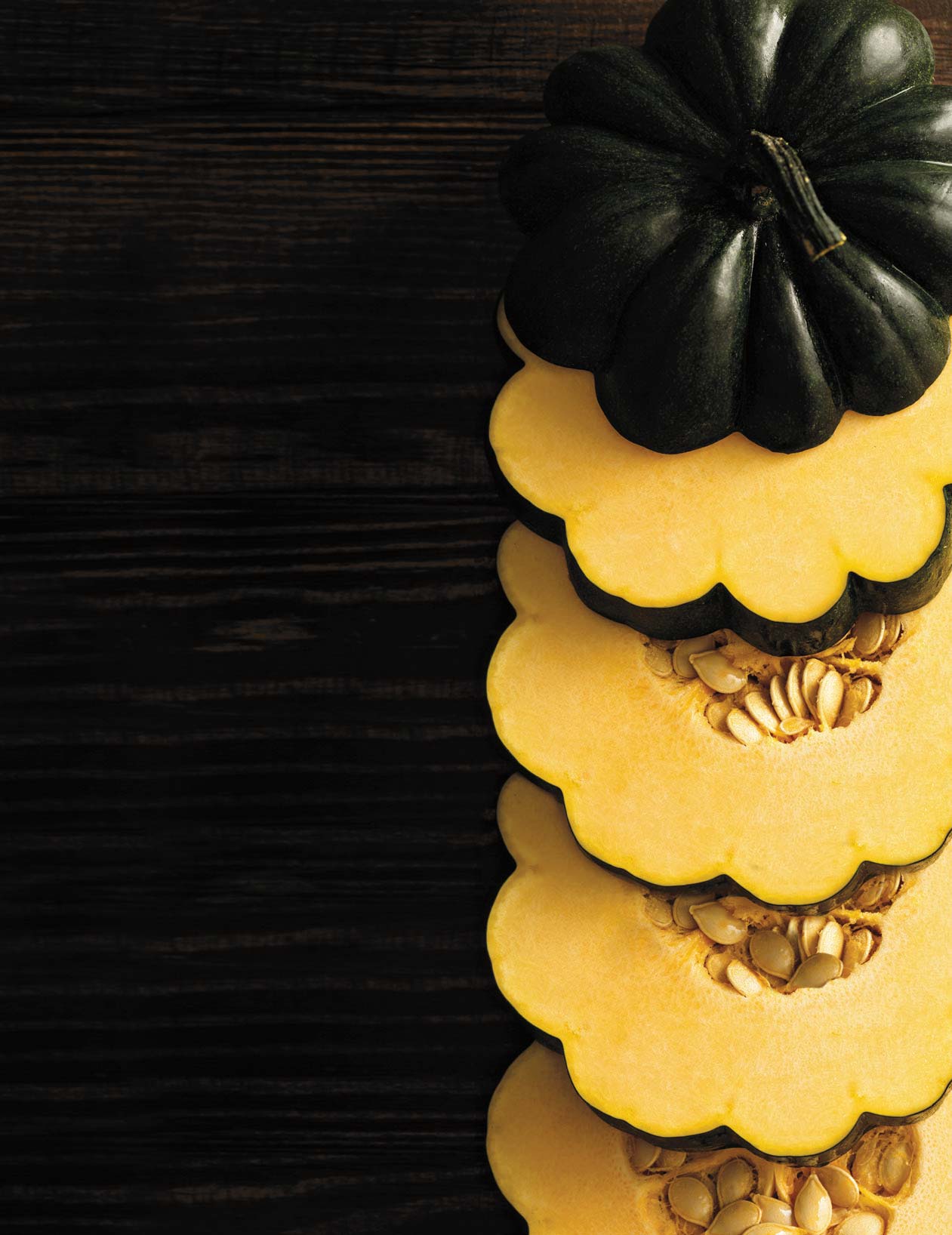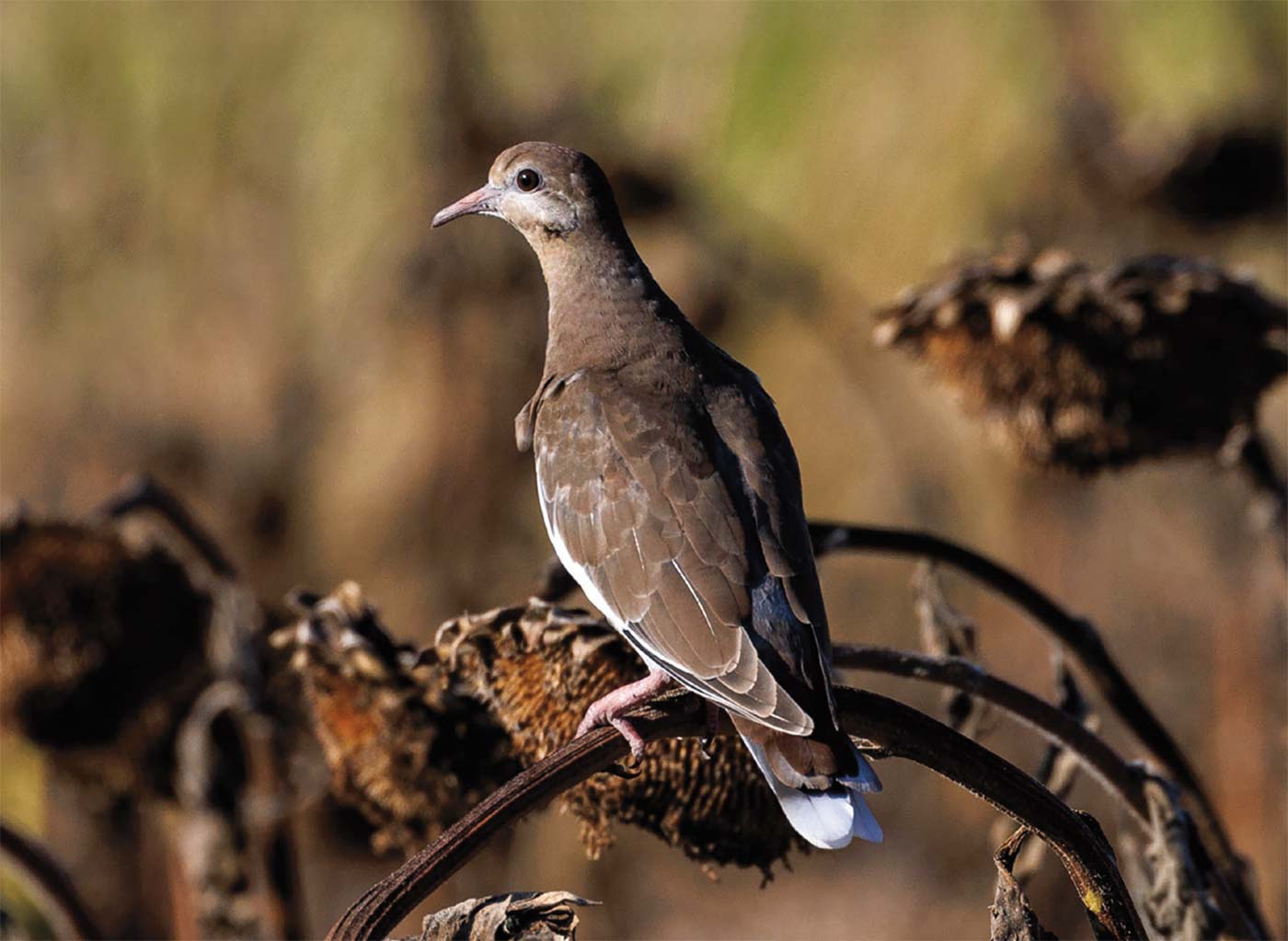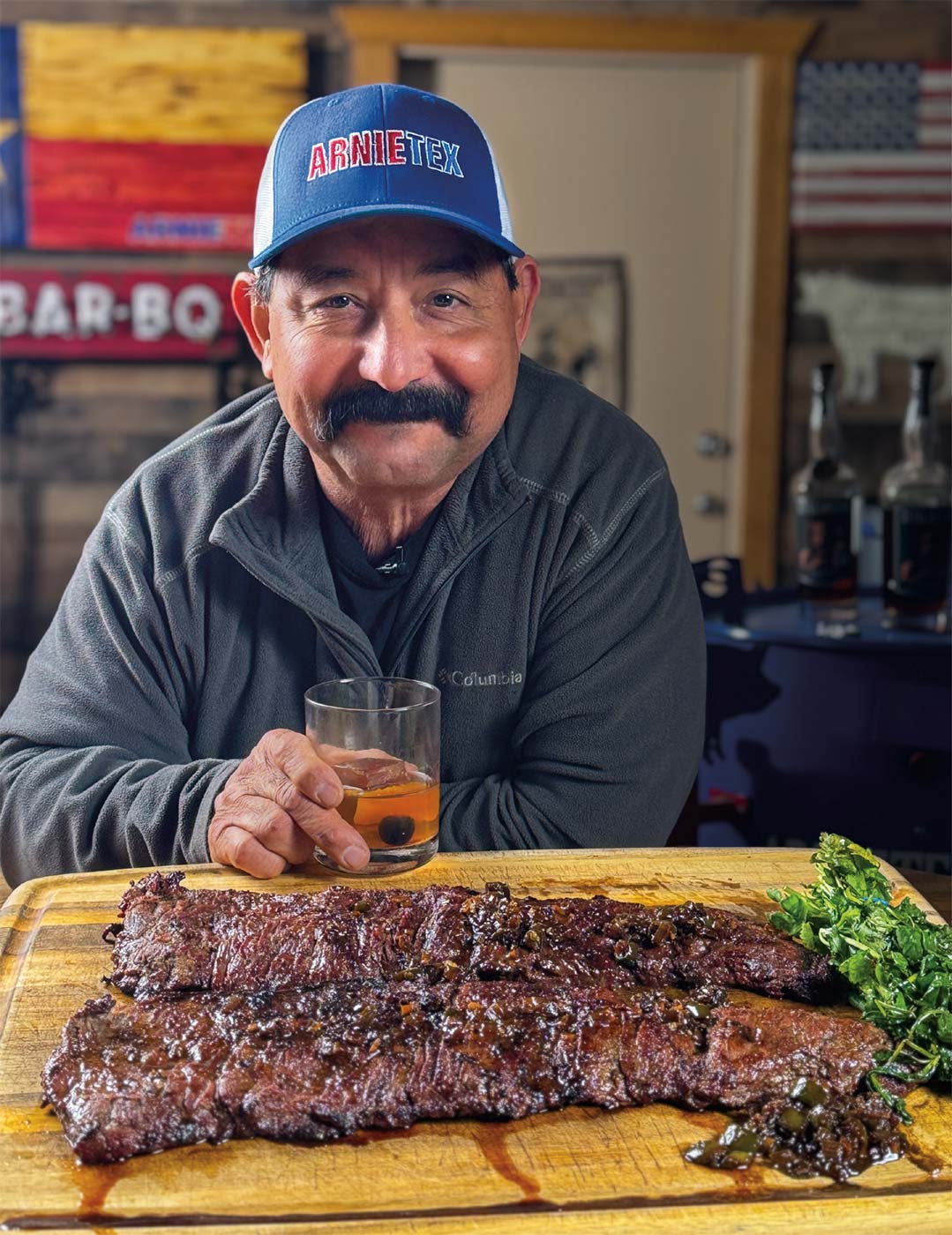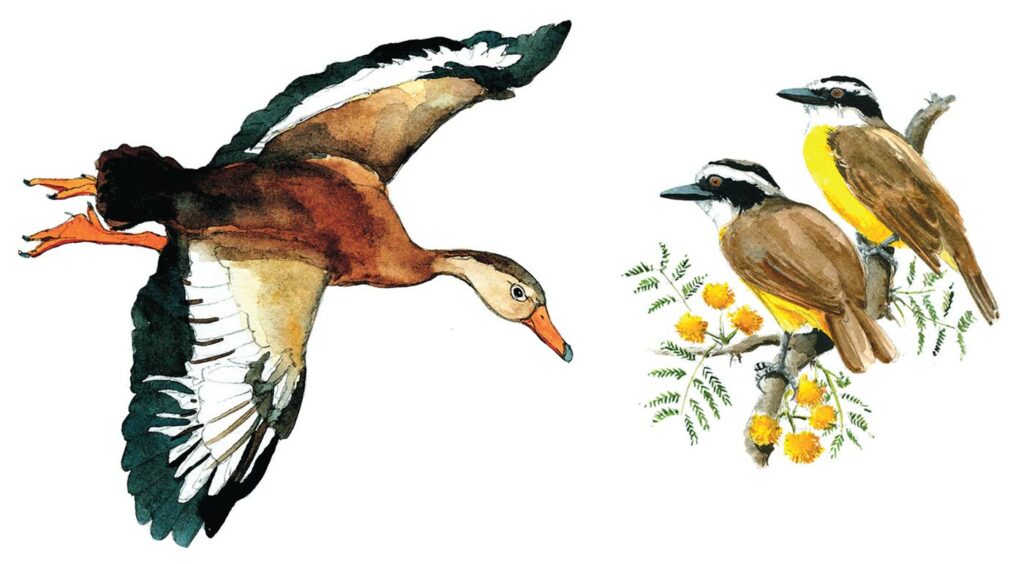
A birder living in the Rio Grande Valley finds him or herself literally surrounded by an avian bounty, more or less a birder’s paradise. There is a small number of birding hot spots throughout the American Birding Association area, the so-called geographical parameters that define most birders’ primary area of interest. For clarity’s sake, let me outline those parameters: the continental U.S. and Canada, Alaska, Hawaii and 200 nautical miles offshore. Now, that’s a chunk!
The hot spots contained in that “chunk” are just a handful: southeast Arizona, the California coast, south Florida, coastal Alaska, its islands and Hawaii … and in my estimation, the RGV, deservedly at the top of the list.
There are specific reasons for that. One is the Valley’s proximity to the tropics. The region’s subtropical habitat and climate allow for a flow of numerous tropical species that like deep south Texas: green jays, altamira orioles, plain chachalacas, great kiskadees, red-crowned parrots, etc., etc., etc. Add to that the fact that two flyways, the Central and Mississippi, pass through the Valley. They funnel neotropical migrants through our area in both spring and fall. You’re beginning to get a clear idea of why the RGV is considered a birding mecca.
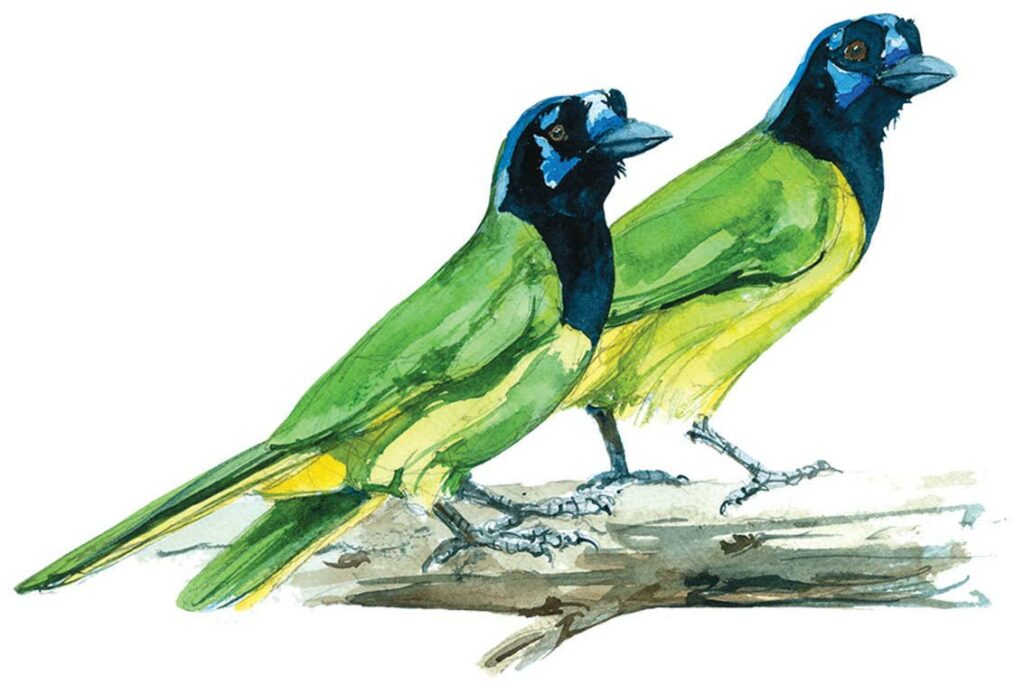
Some springs when weather conditions are less than favorable to the migrants’ northerly progress, these neotropical species practically rain from the sky when they use the area as a stopover to rest and refuel. Warblers, orioles, flycatchers, buntings and others provide a veritable smorgasbord of color.
Whereas the spring finds these migrants hell bent for their northern breeding territories, the fall is when migration is more like a slow trickle. However, opportunity after opportunity exists for the birder to find something interesting in almost any portion of the RGV. There is one more major factor that places the RGV at the top of the hot spot list: rarities.
Over the years numerous rarities, some of them first U.S. records, have graced the Valley with their presence. These are the area’s claim to fame. One example is the bat falcon that arrived at the Santa Ana National Wildlife Refuge last December; thankfully, it decided to hang around for several months. It caused a major tremor through the birding community as thousands of birders descended on the RGV to add this mega U.S. rarity to their all-important life list.
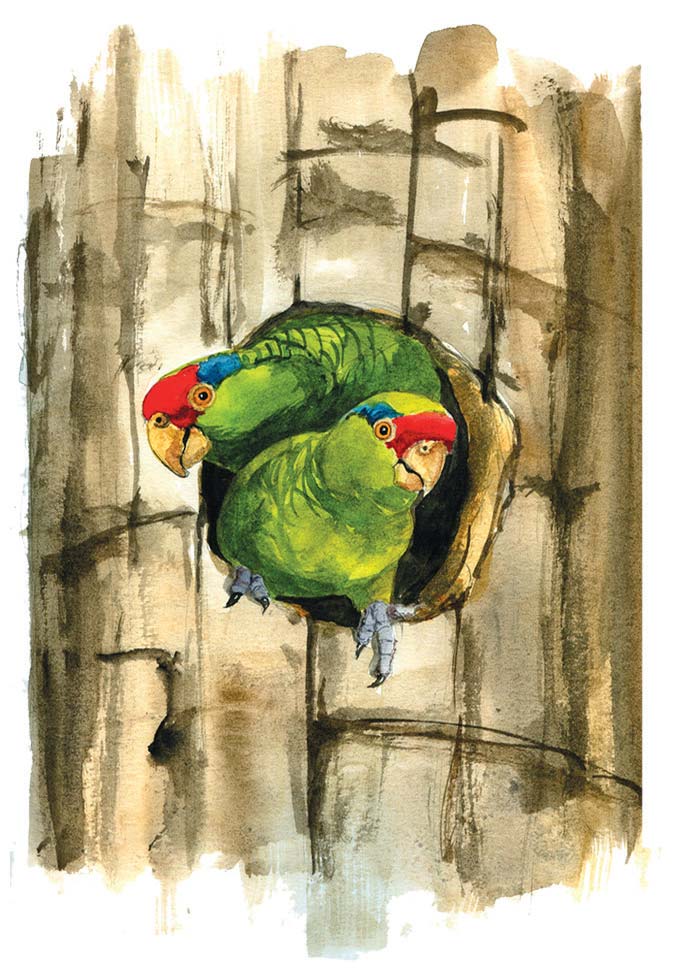
Late autumn and winter typically are the time frames when we can expect and hope for some outstanding rarity to show up. As in the heart of every birder, especially every RGV birder, “hope springs eternal.” It is sometimes yes and sometimes no, but the yes years have been more and more noteworthy with one new U.S. record after another.
These include the bare-throated tiger heron at Bentsen State Park, Chilean elaenia on South Padre Island, crane hawk at Santa Ana NWR, and collared forest falcon and social flycatcher, both at Bentsen SP. Subsequently, in Brownsville, there were the masked tityra and stygian owl at Bentsen SP, gray silky-flycatcher at Laguna Atascosa NWR, Jabiru and Amazon kingfisher, to name a few.
There are other somewhat regularly occurring rarities that we can almost count on every couple of years: roadside hawk, rose-throated becard, blue bunting, crimson-collared grosbeak, Mexican violetear and more. Less rare but always important to the area are the strays from either the east or the west, the likes of the white-crowned pigeon and some out of the way western hummingbird. All of them just add to the interest of our locale.
So grab your binoculars and head out, be it to your backyard; the Santa Ana or Laguna Atascosa NWR; the Falcon, Bentsen, Estero Llano Grande or Resaca del la Palma state park; or a local park, such as Ramsey in Harlingen on Loop 499; or the Quinta Mazatlan suburb in McAllen. Bask in the bounty that is all of ours.
There is always something wonderful out there that can make your day or at least make you smile and maybe even gasp. Give it a try. I can’t tell you how many times I’ve had people tell me, “I never knew these birds were around here.” And some, well, they got hooked for good.
Remember, we live in the hot spot. I always tell birders, “If you want to see such and such, you have to come to the Valley!” Good birding, and I hope to see you in the field sometime.
